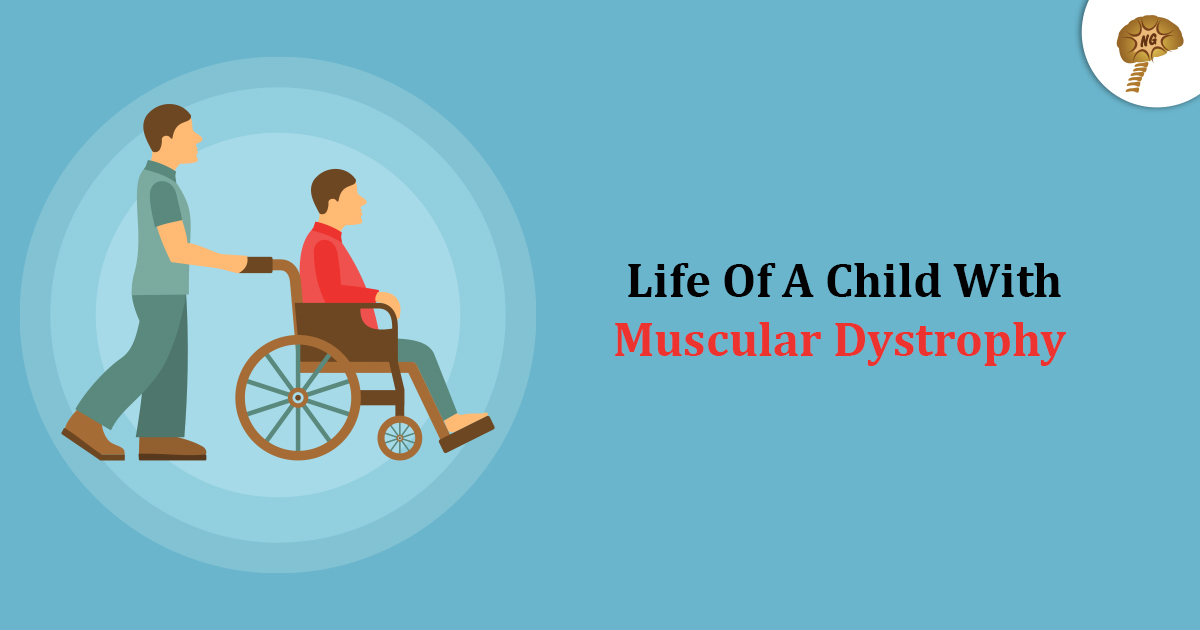
Muscular dystrophy is a genetic disorder that prevents the body from making dystrophin, the essential muscle proteins that weaken the body’s muscles, leading to several health problems. A child diagnosed with muscular dystrophy loses his/her ability like walking, sitting, maintaining an upright posture, and moving their limbs in perfect coordination. Muscular dystrophy symptoms begin during infancy or may not surface until the person reaches adulthood.
There is no cure for muscular dystrophy, but neurosurgeons use stem cells for muscular dystrophy treatment for improving muscle and joint function and also slow down further muscle deterioration. Muscular dystrophy treatment with stem cells do help patients to live actively and enjoy an independent lifestyle.
Muscular Dystrophy Diagnosis
A doctor conducts various tests for muscular dystrophy and also checks the trait running in the child’s family history. He also does a blood test to confirm gene defects. For a muscle biopsy test, the doctor surgically removes a muscle sample to test for dystrophin levels.
Caring For A Child
Muscular dystrophy treatment with stem cells can improve muscle tone and strength, improve the joint functions, and curb muscle deterioration. To treat a child with this disorder, a team of medical specialists such as neurosurgeons, physiotherapists, occupational therapists, dieticians, etc., offer their services to help the child recover. A child may pass through different stages, as the disorder progresses, and may need different kinds of treatment.
During the early stages, physical therapy and assistive devices like joint bracing are often used. During the later stages, the child is advised the use of assistive devices, such as:
- Joint bracing to improve flexibility
- Wheelchairs and crutches to improve mobility
- A ventilator to support breathing
Physiotherapy and Bracing
Physiotherapy or physical therapy helps a child to maintain muscle tone through various exercises and massage. It also reduces the severity of joint contractures creating stronger muscles and flexible joints.
A physiotherapist uses joint bracings to help prevent the stiffening of muscles near the joints. By providing support in the right place, joint bracing can help a child with muscular dystrophy to walk independently.
Respiratory Care
A child with muscular dystrophy has a weak heart and respiratory muscles. They find difficulty in coughing and spitting out phlegm. They also at times develop respiratory infections that can become serious if not provided with a breathing aid. Good health care and vaccinations are important to prevent these infections in children with muscular dystrophy.
Assistive Devices
As a child is unable to enjoy independent mobility, the use of assistive devices like a manual wheelchair or a motorized wheelchair helps the child to move around.
Spinal Fusion
Some children with Duchenne and Becker muscular dystrophy, develop severe ‘scoliosis’ which is either ‘S’ or ‘C’ shaped curvature of the spine. These curvatures are caused by weak back muscles that are too fragile to clamp the spine in an upright position.
Thus, a child with muscular dystrophy experience trauma which needs immediate attention and medical aid.








